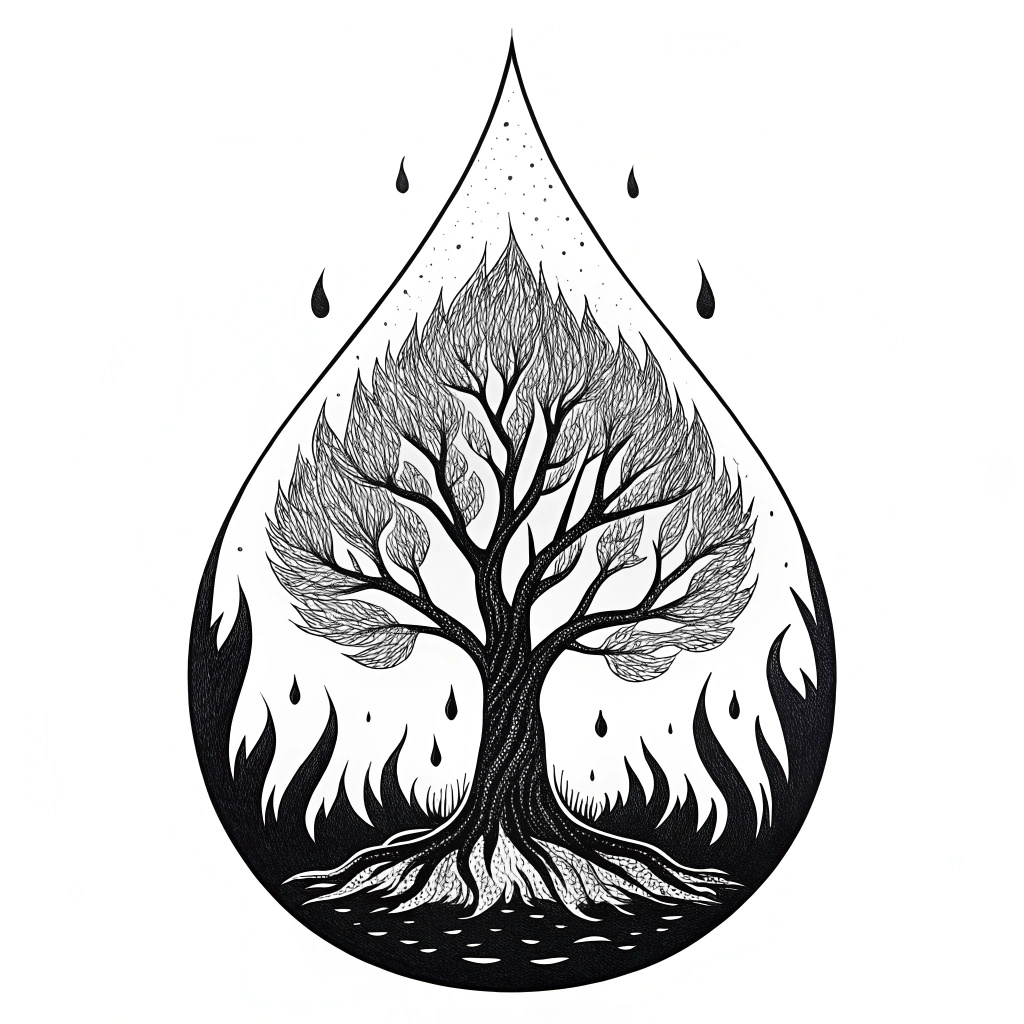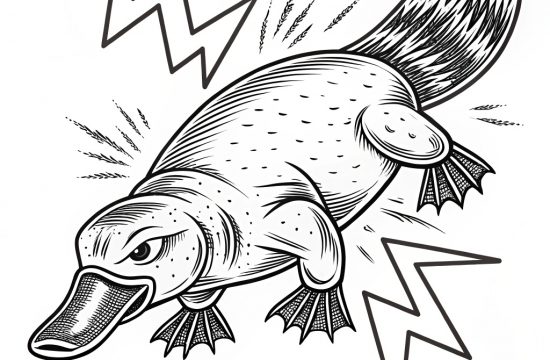The recent wildfires near Myrtle Beach serve a stark reminder natural disasters can have on our health and well-being. While the immediate danger of the flames is primary, the lingering effects of smoke inhalation pose a serious respiratory threat.
Practical Recommendations for Safeguarding Your Health : The Health Hazards of Wildfire Smoke
Wildfire smoke is a complex cocktail of gases and fine particles released when vegetation burns. This hazardous mixture includes:
- Fine Particulate Matter (PM2.5): These microscopic particles can penetrate deep into the lungs, triggering inflammation and irritation.
- Gases: Such as carbon monoxide, nitrogen oxides, and volatile organic compounds (VOCs), which can irritate the eyes, nose, and throat.
The Impact of Wildfire Smoke on Health and Wellness
Exposure to wildfire smoke can have far-reaching consequences for our health and well-being, affecting both our physical and mental state. Some of the key health impacts include:
- Respiratory Issues:
- Exacerbation of existing conditions like asthma and chronic obstructive pulmonary disease (COPD).
- Increased risk of respiratory infections.
- Symptoms: coughing, wheezing, and shortness of breath.
- Cardiovascular Effects:
- Elevated risk of heart attacks and strokes.
- Irregular heartbeats.
- Eye and Throat Irritation:
- Burning and watering eyes.
- Sore throat and hoarseness.
Beyond the physical health concerns, wildfire smoke can also take a toll on our mental well-being. The stress and anxiety associated with the fires, the disruption to daily routines, and the potential for property damage can all contribute to increased stress levels and anxiety.
Recommendations for Safeguarding Your Health During Wildfire Events
To mitigate the health risks associated with wildfire smoke, it’s essential to take proactive steps to protect yourself and your loved ones. Here are some practical recommendations:
- Stay Informed: Monitor local air quality reports and heed warnings from authorities.
- Limit Outdoor Activities: Reduce or avoid strenuous outdoor activities when air quality is low.
- Stay Indoors: Keep windows and doors closed to minimize exposure.
- Utilize Air Purifiers: Employ air purifiers equipped with HEPA filters to remove fine particles from indoor air.
- Wear Protective Gear: If venturing outdoors is unavoidable, wear an N95 or KN95 mask to filter out fine particles.
- Hydration: Drink plenty of water to help your body flush out toxins and cope with smoke exposure.
- Seek Medical Attention: If you experience severe respiratory symptoms, don’t hesitate to seek medical attention.
- Prioritize Mental Wellness: Practice stress-reducing activities like meditation or deep breathing exercises to manage anxiety.
Notable Recent Wildfires:
- Maui Wildfires (Hawaii, August 2023):
- This devastating wildfire, particularly impacting Lahaina, resulted in significant loss of life and property.
- The rapid spread and intense destruction made it a major event.
- Dixie Fire (California, July 2021):
- Burned across multiple counties in Northern California.
- It became the second-largest wildfire in California history.
- Marshall Fire (Colorado, December 2021):
- Unusually destructive for a December fire, it impacted densely populated suburban areas.
- High winds fueled its rapid spread.
- August Complex (California, August 2020):
- Became the largest wildfire in California history.
- Burned across multiple counties in Northern California.
- Cameron Peak Fire (Colorado, August 2020):
- The largest wildfire in Colorado history.
- Burned a vast area in Northern Colorado.
- LNU Lightning Complex (California, August 2020):
- A series of wildfires caused by lightning strikes.
- Resulted in significant destruction in the Napa and Sonoma regions.
- Camp Fire (California, November 2018):
- One of the deadliest and most destructive wildfires in California history.
- Devastated the town of Paradise.
- Woolsey Fire (California, November 2018):
- Burned across Los Angeles and Ventura counties.
- Impacted populated areas and destroyed numerous homes.
- Thomas Fire (California, December 2017):
- Burned across Ventura and Santa Barbara counties.
- Was one of the largest wildfires in California at that time.
- Tubbs Fire (California, October 2017):
- Devastating wildfire in Napa and Sonoma counties.
- Caused significant property damage and loss of life.
Community Impact and Resilience
Wildfire events underscore the importance of community preparedness and resilience. Local health officials and emergency responders play a crucial role in providing information, support, and resources to affected residents. By working together and taking proactive steps to protect ourselves and our communities, we can mitigate the health impacts of wildfires and emerge stronger from these challenging events.

References
- United States Environmental Protection Agency. (n.d.). Wildfires and Smoke. Retrieved from https://www.epa.gov/air-quality/wildland-fires-and-smoke
- Centers for Disease Control and Prevention. (2023). Wildfires and Your Health. Retrieved from https://www.cdc.gov/wildfires/about/index.html
- “August Complex Fire.” California Department of Forestry and Fire Protection (CAL FIRE), 2020. “Cameron Peak Fire.” InciWeb: Incident Information System, 2020. “Camp Fire.” California Department of Forestry and Fire Protection (CAL FIRE), 2018. “Dixie Fire.” California Department of Forestry and Fire Protection (CAL FIRE), 2021. “LNU Lightning Complex Fires.” California Department of Forestry and Fire Protection (CAL FIRE), 2020. “Marshall Fire.” Boulder Office of Emergency Management, 2021. “Maui Wildfires.” Hawaii Emergency Management Agency, 2023. “Thomas Fire.” California Department of Forestry and Fire Protection (CAL FIRE), 2017. “Tubbs Fire.” California Department of Forestry and Fire Protection (CAL FIRE), 2017. “Woolsey Fire.” California Department of Forestry and Fire Protection (CAL FIRE), 2018.










